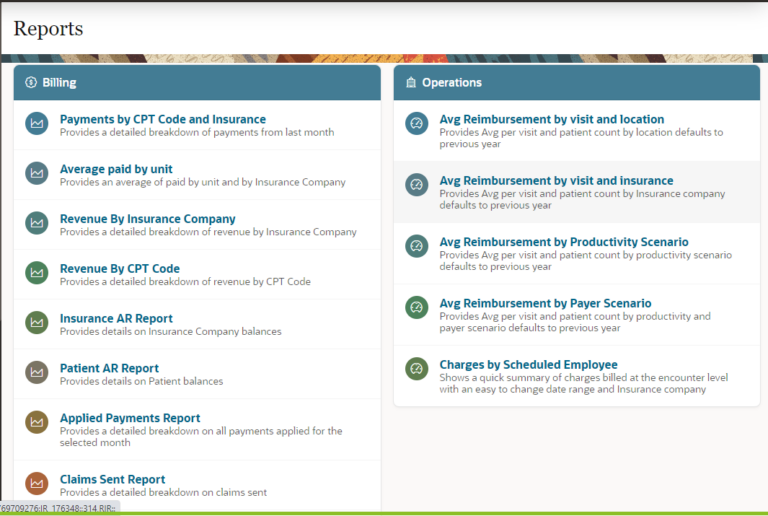Prior Authorizations for Physical Therapy and Occupational Therapy: What You Need to Know
Prior Authorizations – What You Need to Know
If you are a provider of physical therapy or occupational therapy services, it is important to be familiar with prior authorizations. A prior authorization is a request from an insurance company for additional information before they will agree to pay for a service. This can include information such as the diagnosis code, treatment code, and/or medical necessity. In this blog post, we will discuss what prior authorizations are and how you can go about getting them for your physical therapy and occupational therapy patients.
Prior authorizations for physical therapy and occupational therapy services are becoming more prevalent with insurance companies. In order to ensure that a practice is reimbursed for the services provided, it is important to have prior authorization in place prior to seeing a patient. This includes having the required diagnosis code, treatment code, and/or medical necessity information available. Some insurance companies, such as Workers Compensation, require an authorization prior to the initial evaluation. While others require the documentation from your evaluation in order to provide authorization for subsequent visits.
How to Obtain Authorization:
In order to obtain prior authorization from your insurance company, you will need to contact them and provide the information that they require. This may include a prior authorization number or prior authorization form, which can be obtained by calling the phone number on your patient’s insurance card. In some cases this is done electronically via their website prior to the patient’s visit.
If you are a provider of physical therapy or occupational therapy services, it is important to be familiar with prior authorizations and the process for obtaining them from your insurance company. By having prior authorization in place prior to seeing a patient, you can avoid any delays or denials in reimbursement from your insurance.
What’s the Catch?
The tricky factor with prior authorizations is having a good system to know which patients need them, which patients have authorization pending, and how many visits are left before needing further approval. If you are a busy practice this can get completely overwhelming and hard to manage. It’s strongly recommended that you use a billing and scheduling software (such as HENO) that can keep track of all your authorization information.
Important components to consider when working with a system to help you manage authorizations are:
- The system should not allow you to schedule the patient without an active authorization. If you are able to schedule without an active auth, there is no doubt patients will get scheduled and seen without approval.
- Your system should be able to easily know where all of your authorizations patients stand. For example, you should be able to quickly see how close everyone is to running out of auth.
- You should be able to easily add approved visits into a patient’s account so your whole staff knows the patient can be scheduled.
- Communication within the system should be very clear for any member of your team to be able to pull up a patient and know how many visits they were approved for, how many they have been seen for, and how many are left to schedule.
Unfortunately there are some things that a robust EMR and practice management tool cannot control with authorizations. Once all of the patient’s information is submitted to obtain authorization, it is out of your hands until the insurance company replies. This can be a tricky element to manage and is the main reason prior auths become such an overwhelming task. Often times patients (and the clinic) is left waiting for days or even weeks for any communication about the status of the authorization. This causes a delay in care for the patient and frustration within the practice.
Advocacy
The APTA has been tirelessly working on a bill to help make this process better for everyone. The Improving Seniors’ Timely Access to Care Act (S.3018/H.R.3173) has the potential to reduce administrative burden when interacting with Medicare Advantage (MA) plans. The legislation would standardize and streamline the prior authorization process for routinely approved items and services and increase transparency around MA prior authorization requirements and their use.
Additionally, the bill would establish an electronic prior authorization (ePA) program. This would require MA plans to adopt ePA capabilities. It would also require HHS to establish a list of items and services eligible for real-time decisions under an MA ePA program. This bipartisan bill has been endorsed by over 450 organizations and continues to gain support. The House bill now has 255 cosponsors and the Senate bill has 16 cosponsors. Visit the APTA Action Center to urge your Members of Congress to support this important legislation.





